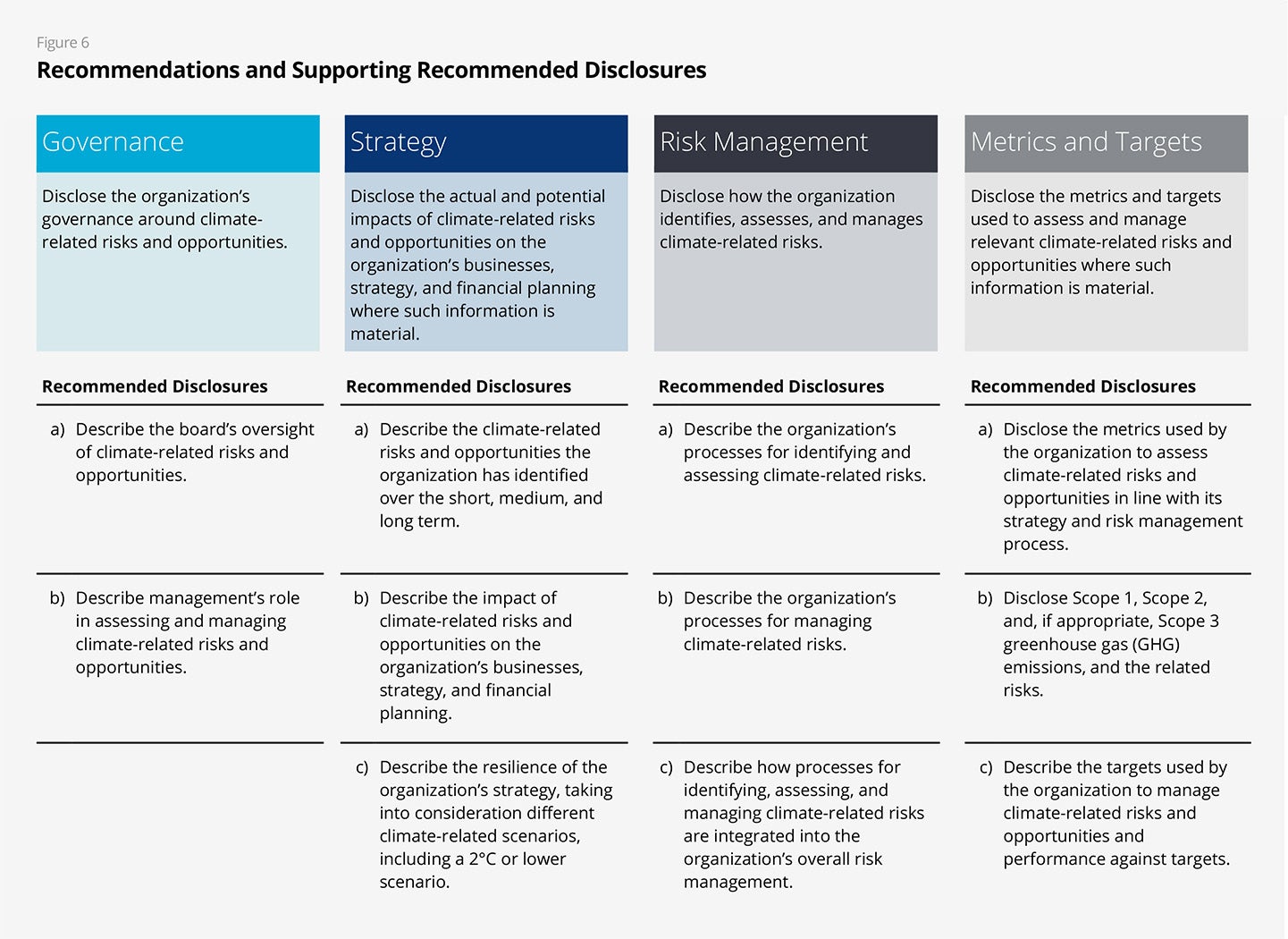Sustainability takes a village

Image from Getty Images
Health care evolves. Every day. And your team feels that evolution with each new regulation, care innovation, patient need and shift in the climate policy.
Today, health care and the actual climate are intermingling in ways never before seen. Throughout 2022, we saw movement from government entities as well as in several industries toward a more standardized way to measure and report environmental impact.
The final result? Time will tell. But what’s important to note is that there is much that we in health care are doing and can do in the future to collaborate and continue to improve the impact that the health care built environment has on our communities. Taking a look at recent actions made by the government sector offers valuable insight on how health care may be expected to achieve future environmental sustainability reporting.
Lessons from the Securities and Exchange Commission
Significant movement happened in March 2022. Setting off what may become one of the greatest milestones in climate reporting, the Securities and Exchange Commission issued a set of proposed rules created by the Task Force on Climate-Related Financial Disclosures(TCFD).
TCFD recommends 11 climate-related areas that all U.S. publicly traded companies can include in their annual and periodic public statements. Regulators are hoping that this information acts as a window for any interested party, and specifically for investors, into that organization’s environmental impact. They recommend including the information beginning in 2025; it is important, however, to remember that these are proposals, and that the format and timing for standards adoption is uncertain.
The insurance and property casualty industry responded swiftly when, in April 2022, a bipartisan group of regulators from the National Association of Insurance Commissioners endorsed the TCFD reporting for annual state-led surveys to protect customers. Their first TCFD reports, representing 80% of U.S. property and casualty insurance companies, rolled into the California Department of Insurance in December 2022 and are now being reviewed. This sets a precedence for some form of annual reporting on “climate” or “sustainability.” American Society for Health Care Engineering (ASHE) members should be aware of its possible future implication to our field.
Health care pledge creates a new path
Health care is running a parallel though unique track that the Department of Health and Human Services (HHS) highlighted at the 2022 United Nations Climate Change Conference (COP 27). For the first time, more than 100 U.S. health care organizations signed the voluntary White House/HHS Health Sector Climate Pledge, which calls on signers to:
- Reduce emissions by 50%, at a minimum, by 2030 and achieve net zero by 2050.
- Designate an executive-level lead for work on reducing emissions by 2023, and conduct an inventory of Scope 3 (supply chain) emissions by the end of 2024.
- Develop and release a climate resilience plan for continuous operations by the end of 2023.
It seems daunting, but the momentum gaining around this issue as well as the foundational practices many health care organizations already have in place are a springboard to what our field may be required to do in the future.
So, how should ASHE members prepare? Two things: 1) Stick to the foundational elements, and 2) rely on each other. This is the simple, two-step recipe to fuel any regulatory or reporting requirement.
Let’s take a closer look and focus on the specifics. Your takeaway from this quick read should be to gather your internal team and get on the same page. This will ensure you are prepared to get to work for potential (future) data gathering and reporting requirements.
Taking sustainable action
1. Bring everyone to the table. Reporting frameworks require information that extend beyond any one job description within operations or facilities. As outlined by the Energy to Care energy conservation measures, various departments often have unique sustainability metrics that, at times, can intersect with other departments within the same organization. ASHE members need a seat at the table, but the overall sustainability champion for your organization will likely be in the C-suite.
2. Organize. Utility bills will be the unsung hero of any successful sustainability endeavor, as will data from building automation systems. Ensure that you have all your organization’s historical data organized, stored and ready for analysis. Utilize industry-leading tools such as ASHE’s Energy to Care and the ENERGY STAR® Portfolio Manager to compile and benchmark data. Compare between facilities and/or neighbors. Does your data make sense? Is it comparable? Common sense is always a good point to start from when undertaking something new.
3. Find friends. Internally, facilities managers will need to collaborate with peers and executives in finance, supply chain and human resources to successfully execute plans. A few conversations each week to establish deeper relationships with these departments is not only recommended, but imperative for long-term success. Your local ASHE chapter and peers across the country can share stories of their successes and learning experiences, too.
4. Movement is greater than motion. Focus on the data you have today to kick off the effort. Instead of pondering the unknown or far-reaching goals, build on your success as things evolve. The key is to get started.
5. Trust your training. Sometimes “help” doesn’t help. ASHE members will need to balance listening to both internal and external audiences while trusting their training and instincts before implementing plans. In our experience, focus leads to results. Don’t trust shiny new objects. Instead, create a plan for your organization, prioritize and execute the plan you created.
6. Celebrate. There is a well-known business concept: a “10-year-old overnight success.” The same goes for energy efficiency and sustainability programs. Momentum takes time. While most organizations will likely establish a long-term stretch goal that is 10 or even 20 years into the future, it’s important to recognize progress. ENERGY STAR data shows that an average benchmarking hospital reduces consumption by 0.66% per year. Can you beat that average? When? How many years in a row?
Have questions? Your peers at ASHE are here to help. We’re flying this “new era of regulation” plane while we build it, so the more we can do it together, the better. The winds will always shift, but if you get the basics down, reporting becomes just another output of your team that’s not nearly as burdensome as it may seem today. Stick with it. Go with your gut. Let’s build the future of energy from the ground up.
Marty Lanning, MBA, CMVP, LEED AP, is the CEO of Energent Solutions, and Michael Hatton, MBA, CHFM, FASHE, is vice president of facilities engineering and construction at Memorial Hermann Health System.





